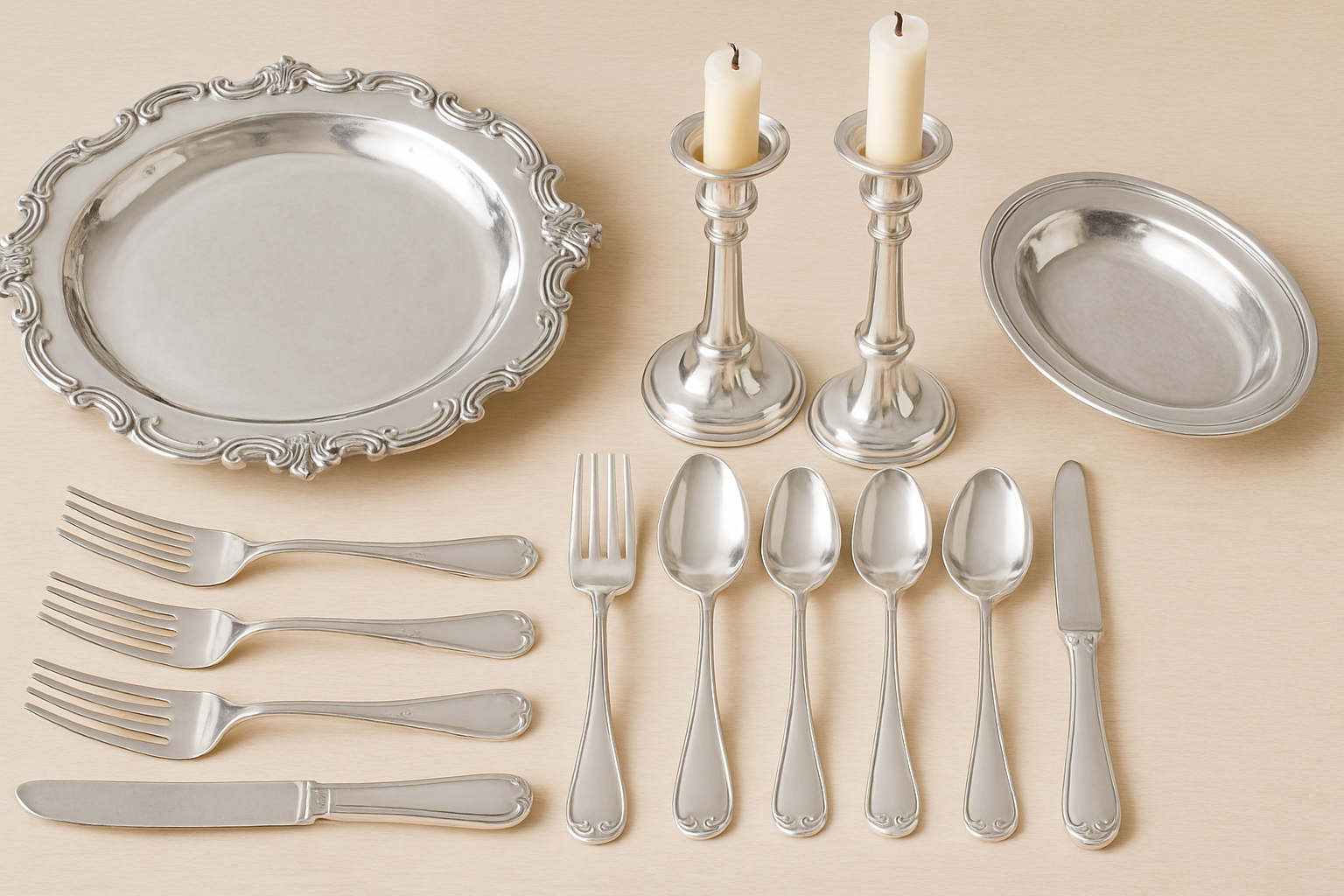The History and Value of Coin Silver: From Everyday Use to Modern Treasure
Written by Arbitrage • 2025-10-14 00:00:00

When most people think of silver, they picture bullion bars, jewelry, or coins minted for collectors. But there is a unique category with deep historical roots: coin silver. More than just a metal, coin silver reflects America's economic growth, evolving trade networks, and the ingenuity of early silversmiths. Today, it stands as both a collectible treasure and a lesson in monetary history.
What Is Coin Silver?
Coin silver refers to silver objects - such as flatware, teapots, and household goods - made in the United States from melted silver coins. Unlike sterling silver, which is 92.5% pure, coin silver generally contains around 90% silver and 10% copper, the same composition as U.S. coins minted before 1965. For early American silversmiths, coin silver was practical since bullion was scarce, but coins circulated widely. Melting coins provided a reliable, uniform source of precious metal.
The Origins of Coin Silver in America
Coin silver emerged in the late 18th and early 19th centuries, as young America lacked large silver mines and depended on trade to bring in precious metals. Craftsmen collected worn Spanish reales, U.S. quarters, and half dollars, then transformed them into utilitarian and decorative items. Owning coin silver became a marker of prosperity. Families displayed their coin-silver spoons, cups, and serving pieces as symbols of both wealth and patriotism. Each object carried with it the quiet history of commerce and trade, literally forged from the money of the day.
Coin Silver's Place in the Economy
From a financial perspective, coin silver exemplifies a vital principle: money is both a medium of exchange and a store of value. The same silver that backed U.S. currency also served as a store of value in households, at a time when banking was limited and inflation was unpredictable; families preserved their wealth in physical silver objects. For modern traders, this echoes the concept of hard assets. Just as investors turn to gold or silver today as a hedge against volatility, early Americans preserved their wealth in coin silver.
Why Coin Silver Is Valued Today
- Historical Significance: Each piece connects us to a time when money was made of metal, not just a number on a screen.
- Craftsmanship: Coin silver items often feature hand-engraving and designs unique to regional silversmiths, giving them collectible appeal.
- Material Value: With a silver content of nearly 90%, these pieces retain intrinsic worth, while their antique status often adds a premium above melt value.
- Rarity: As silverware trends shifted toward sterling in the late 19th century, fewer new pieces were made, leaving coin silver relatively scarce today.
Lessons for Traders and Investors
Coin silver highlights how markets, materials, and money are intricately intertwined. From currency to cutlery, silver functioned as a medium of exchange, a hedge against uncertainty, and a store of wealth. For today's financial professionals, it is a reminder that value lies not only in numbers on a chart but in tangible assets that carry trust, history, and resilience.
Conclusion Coin silver's journey (from coins in circulation, to treasured household objects, to sought-after collectibles) tells a uniquely American story. For investors and traders, it provides perspective: the balance between intrinsic value and market perception is as old as money itself. That's why coin silver remains a unique, valuable treasure - yesterday, today, and tomorrow.